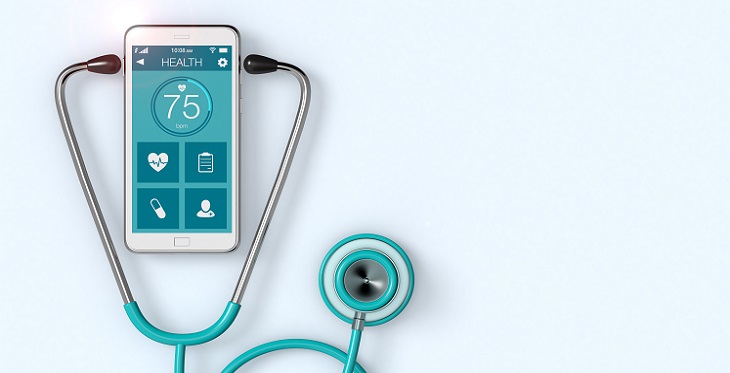Amid the COVID-19 pandemic, the Children's Postinfectious Autoimmune Encephalopathy (CPAE) multispecialty team at the University of Arizona Steele Children’s Research Center was challenged with the undertaking of how to safely continue clinical care. The team responded quickly with a telemedicine model of care that did not compromise the quality of clinical care, while adding additional benefits to family members and the center.
The CPAE Center was developed in partnership with Banner – University Medicine. The CPAE Center of Excellence is the first of its kind in the world to integrate clinical care, education and research. We treat disorders such as Pediatric Acute-onset Neuropsychiatric Syndrome (PANS), Pediatric Autoimmune Neuropsychiatric Disorders Associated with Streptococcal infection (PANDAS) and Sydenham chorea.




